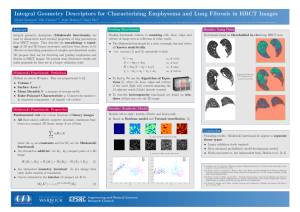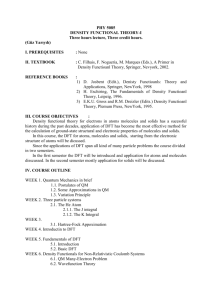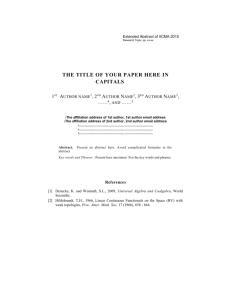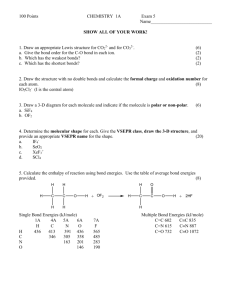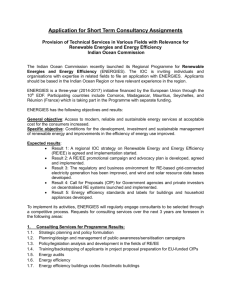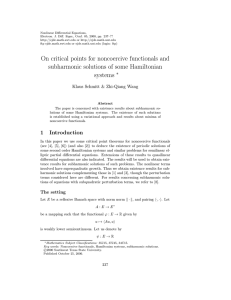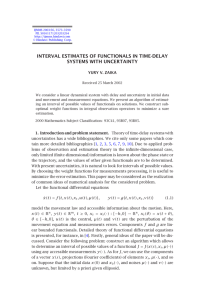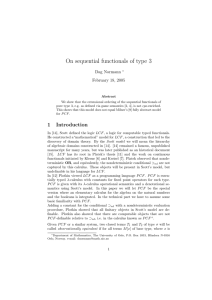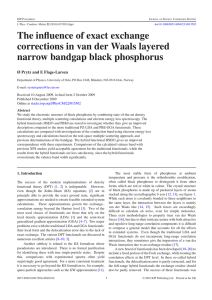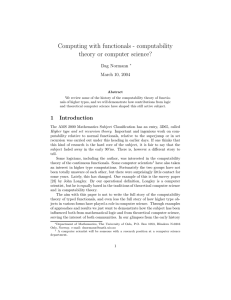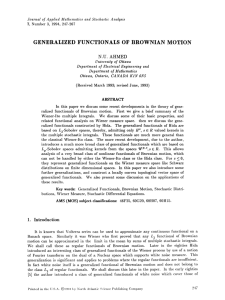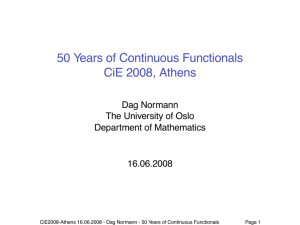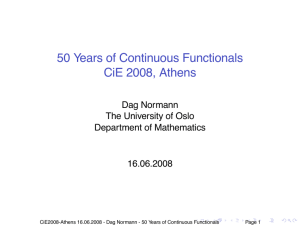Insert Grant No. (FA9550-…)
advertisement
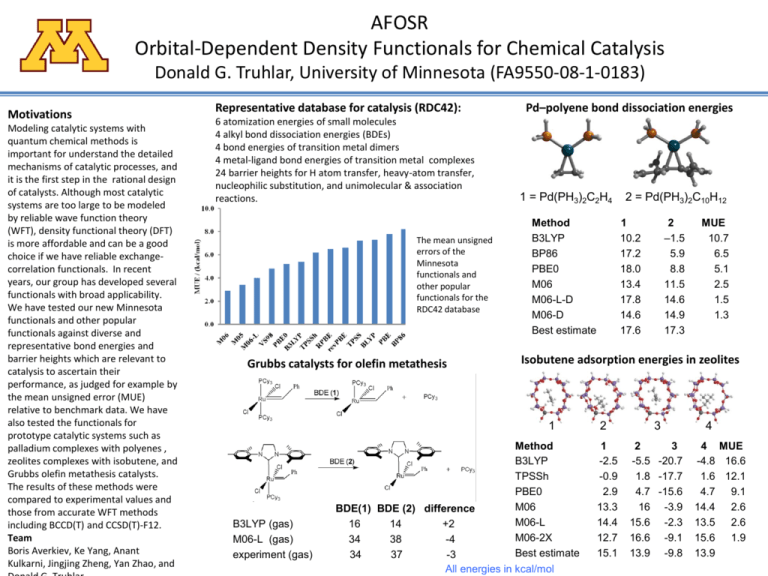
AFOSR Orbital-Dependent Density Functionals for Chemical Catalysis Donald G. Truhlar, University of Minnesota (FA9550-08-1-0183) Motivations Modeling catalytic systems with quantum chemical methods is important for understand the detailed mechanisms of catalytic processes, and it is the first step in the rational design of catalysts. Although most catalytic systems are too large to be modeled by reliable wave function theory (WFT), density functional theory (DFT) is more affordable and can be a good choice if we have reliable exchangecorrelation functionals. In recent years, our group has developed several functionals with broad applicability. We have tested our new Minnesota functionals and other popular functionals against diverse and representative bond energies and barrier heights which are relevant to catalysis to ascertain their performance, as judged for example by the mean unsigned error (MUE) relative to benchmark data. We have also tested the functionals for prototype catalytic systems such as palladium complexes with polyenes , zeolites complexes with isobutene, and Grubbs olefin metathesis catalysts. The results of these methods were compared to experimental values and those from accurate WFT methods including BCCD(T) and CCSD(T)-F12. Team Boris Averkiev, Ke Yang, Anant Kulkarni, Jingjing Zheng, Yan Zhao, and Representative database for catalysis (RDC42): 6 atomization energies of small molecules 4 alkyl bond dissociation energies (BDEs) 4 bond energies of transition metal dimers 4 metal-ligand bond energies of transition metal complexes 24 barrier heights for H atom transfer, heavy-atom transfer, nucleophilic substitution, and unimolecular & association reactions. The mean unsigned errors of the Minnesota functionals and other popular functionals for the RDC42 database Grubbs catalysts for olefin metathesis Pd–polyene bond dissociation energies 1 = Pd(PH3)2C2H4 Method B3LYP BP86 PBE0 M06 M06-L-D M06-D Best estimate 1 10.2 17.2 18.0 13.4 17.8 14.6 17.6 2 –1.5 5.9 8.8 11.5 14.6 14.9 17.3 MUE 10.7 6.5 5.1 2.5 1.5 1.3 Isobutene adsorption energies in zeolites 1 B3LYP (gas) M06-L (gas) experiment (gas) 2 = Pd(PH3)2C10H12 Method B3LYP TPSSh PBE0 M06 BDE(1) BDE (2) difference M06-L 16 14 +2 M06-2X 34 38 -4 Best estimate 34 37 -3 All energies in kcal/mol 2 1 -2.5 -0.9 2.9 13.3 14.4 12.7 15.1 3 2 3 -5.5 -20.7 1.8 -17.7 4.7 -15.6 16 -3.9 15.6 -2.3 16.6 -9.1 13.9 -9.8 4 4 MUE -4.8 16.6 1.6 12.1 4.7 9.1 14.4 2.6 13.5 2.6 15.6 1.9 13.9

